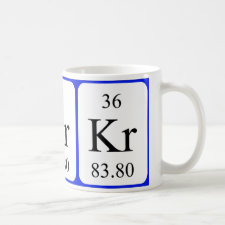
Authors: Pacheco JG, Rebelo P, Cagide F, Gonçalves LM, Borges F, Rodrigues JA, Delerue-Matos C
Article Title: Electrochemical sensing of the thyroid hormone thyronamine (T0AM) via molecular imprinted polymers (MIPs).
Publication date: 2019
Journal: Talanta
Volume: 194
Page numbers: 689-696.
DOI: 10.1016/j.talanta.2018.10.090
Alternative URL: http://www.sciencedirect.com/science/article/pii/S0039914018311366
Abstract: Recent studies have shown that besides the well-known T3 (triiodothyronine) and T4 (thyroxine) there might be other important thyroid hormones, in particular T0AM (thyronamine) and T1AM (3-iodothyronamine). The absence of a large number of studies showing their precise importance might be explained by the limited number of analytical methodologies available. This work aims to show an electroanalytical alternative making use of electropolymerized molecularly imprinted polymer (MIPs). The MIPs' polymerization is performed on the surface of screen-printed carbon electrodes (SPCEs), using 4-aminobenzoic acid (4-ABA) as the building and functional monomer and the analyte T0AM as the template. The step-by-step construction of the SPCE-MIP sensor was studied by cyclic voltammetry (CV) and by electrochemical impedance spectroscopy (EIS). After optimization, by means of square-wave voltammetry, the SPCE-MIP showed suitable selectivity (in comparison with other thyroid hormones and catechol amines), repeatability (intra-day of 3.9%), a linear range up to 10 μmol L-1 (0.23 x 103 μg dL-1) with an r2 of 0.998 and a limit of detection (LOD) and quantification (LOQ) of 0.081 and 0.27 μmol L-1 (1.9 and 6.2 μg dL-1), respectively
Template and target information: T0AM, thyronamine
Author keywords: Electroanalysis, electropolymerization, Endocrinology, Modified working electrode, molecular recognition, Poly(para-aminobenzoic acid) film



Join the Society for Molecular Imprinting

New items RSS feed
Sign-up for e-mail updates:
Choose between receiving an occasional newsletter or more frequent e-mail alerts.
Click here to go to the sign-up page.
Is your name elemental or peptidic? Enter your name and find out by clicking either of the buttons below!
Other products you may like:
 MIPdatabase
MIPdatabase









